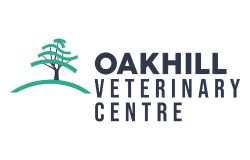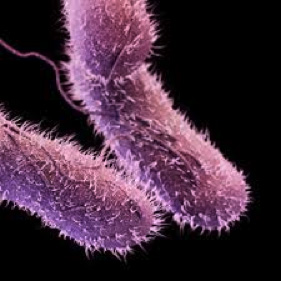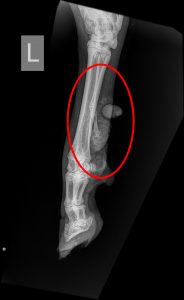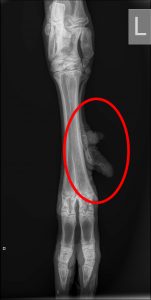A few weeks ago we collected bulk milk samples from all our dairy farms and screened for the presence of antibodies to IBR, BVD, leptospirosis, liver fluke and Salmonella, depending on their vaccination status. Here’s a summary of the results:
Salmonella dublin
- Of the 93 farms tested; 25 herds were positive for S. Dublin antibody and 68 herds were negative.
- This signifies that 27% of the unvaccinated herds we tested had been exposed to S. Dublin!
Leptospirosis
- 45 herds were unvaccinated for leptospirosis and bulk milk screening revealed 29 tested positive and 16 tested negative.
- That means that in our sample, 64% of unvaccinated herds had been exposed to leptospirosis.
- Within the positive herds: 2% had low levels of antibodies, 49% had medium levels and 49% had high levels of antibodies.
BVD
- Of the 44 herds that were unvaccinated against BVD, 37 farms tested positive for BVD antibodies and 7 were negative.
- This means that of the unvaccinated farms tested, 84% had been exposed to BVD or had cattle that may have unknown vaccination status.
IBR
- Of the 110 dairy herds sampled, 28 do not vaccinate against IBR and were tested for antibody status. Of those 28 farms, half tested positive for IBR antibodies and half tested negative.
- Therefore 50% of the unvaccinated herds that we tested had been exposed to IBR.
Fluke
- 39 herds opted to screen for liver fluke antibodies.
- 10 herds screened (25%) were negative, 20 herds (52%) had light infestation, 8 herds (21%) had moderate infestation and 1 herd (2%) had heavy infestation.
Thanks to all farms who took part in this project.



 Xrays were taken here at our Goosnargh practice and Oakhill Farm Vet, Amy Bowers operated to remove the extra structure. Without removal, the lamb was a risk of it getting caught and sustaining trauma.
Xrays were taken here at our Goosnargh practice and Oakhill Farm Vet, Amy Bowers operated to remove the extra structure. Without removal, the lamb was a risk of it getting caught and sustaining trauma.